Introduction
Strutting, a cornerstone of funk-style dancing, is more than just a move—it’s an attitude, a way of life. This iconic dance technique embodies the essence of confidence, rhythm, and self-expression that defines funk culture. Originating from the vibrant streets of 1970s California, strutting has evolved into a powerful form of artistic expression that continues to captivate dancers and audiences alike. With its smooth, gliding steps and exaggerated arm movements, strutting allows dancers to showcase their individuality while paying homage to the rich history of funk dance. Whether you’re a seasoned dancer looking to expand your repertoire or a newcomer eager to dive into the world of funk, mastering the art of strutting will undoubtedly elevate your dance game and connect you to a legacy of groove and style.
Video Demonstration
Dance History
Strutting emerged in the early 1970s in San Francisco, California, as a distinct dance style within the broader funk movement. While there isn’t a single credited creator, the dance evolved organically from the African American and Latino communities in the Bay Area. It gained popularity through street performances and local dance competitions, quickly spreading throughout California and beyond.
The dance was heavily influenced by the funk music of the era, with artists like James Brown, Sly and the Family Stone, and Parliament-Funkadelic providing the soundtrack to this emerging style. Strutting was not just a dance but a form of social commentary, allowing dancers to express pride, defiance, and individuality during a time of significant social change.
By the mid-1970s, strutting had become a well-established dance form, influencing and interacting with other street dance styles like locking and popping. Its legacy continues to this day, with strutting remaining an essential element in funk-style dancing and hip-hop culture.
Step By Step Instruction
1. Start with your feet shoulder-width apart, weight evenly distributed.
2. Shift your weight to your right foot and slide your left foot forward.
3. Transfer your weight to your left foot as you bring your right foot forward, passing your left foot.
4. Continue this alternating sliding motion, creating a smooth, gliding walk.
5. As you step, exaggerate the movement by lifting your knees slightly higher than a normal walk.
6. Incorporate arm movements: swing your arms in opposition to your legs, keeping elbows slightly bent.
7. Add personality by moving your shoulders and chest in time with your steps.
8. Maintain an upright posture and keep your head high, exuding confidence.
9. Practice varying your speed and adding pauses or poses to enhance your performance.
10. Remember to stay on the balls of your feet to maintain fluidity and ease of movement.
Tips For Learning
• Start slow: Master the basic footwork before adding arm movements and style.
• Use a mirror: Practice in front of a mirror to check your form and posture.
• Listen to funk music: Immerse yourself in funk to internalize the rhythm and feel.
• Watch videos: Study performances by experienced strutters to pick up nuances and variations.
• Practice regularly: Consistency is key to developing muscle memory and fluidity.
• Experiment with personal style: Once you’ve mastered the basics, add your own flair to make it unique.
• Join a dance class or community: Learning with others can provide motivation and feedback.
• Focus on attitude: Remember that confidence is a crucial part of strutting.
• Film yourself: Record your practice sessions to track progress and identify areas for improvement.
• Be patient: Like any skill, strutting takes time to perfect, so enjoy the learning process.
Conclusion
Strutting is more than just a dance move; it’s a celebration of funk culture, self-expression, and confidence. By mastering this iconic technique, you’re not only improving your dance skills but also connecting with a rich history of street dance and musical innovation. Remember, the key to great strutting lies not just in the technical execution, but in the attitude and personality you bring to each step. So put on your favorite funk track, hit the dance floor, and let your unique style shine through as you strut your way to dance mastery.
More Funk Style Dance Moves
Mastering the Art of Waving: A Fluid Funk Style Dance Move
IntroductionWaving is a mesmerizing dance move that has captivated audiences for decades. This iconic element of funk style dancing creates an illusion of a wave passing through the dancer's body, resulting in a fluid and hypnotic visual effect. Originating from the...
Mastering the Art of Tutting: A Geometric Dance Revolution
IntroductionTutting, a mesmerizing dance style that transforms the human body into a living, breathing geometric puzzle, has captivated audiences worldwide with its precise angles and intricate hand movements. This unique form of dance, rooted in the funk styles of...
Mastering the Toyman: A Funky Twist on Popping Dance
IntroductionToyman is a captivating and playful dance move within the funk style family, specifically associated with popping. This unique technique transforms dancers into living, moving toys, creating an illusion of mechanical, jerky movements reminiscent of wind-up...
Mastering the Art of Ticking: A Funk Style Dance Move That Will Make You Pop
IntroductionTicking, a mesmerizing dance move that falls under the umbrella of funk styles, has captivated dancers and audiences alike with its precise, robotic-like movements. This unique technique involves isolating different parts of the body and moving them in...
Mastering the Snaking Move: A Funky Journey Through Fluid Body Control
IntroductionThe Snaking move is a mesmerizing and fluid dance technique that has become a cornerstone of Funk Style dancing. This captivating movement involves creating a wave-like motion that travels through the body, typically starting from the head and flowing down...
Mastering the Sleepy Style: The Laid-Back Funk Dance Move That’s Taking the Scene by Storm
IntroductionThe Sleepy Style is a captivating and deceptively simple dance move that has become a cornerstone of funk-style dancing. This unique movement, characterized by its relaxed and seemingly effortless execution, perfectly embodies the cool, laid-back attitude...
Mastering the Shadow Box: A Funky Dance Move with Boxing Roots
IntroductionThe Shadow Box is a dynamic and visually striking dance move that originated in the funk style dance scene. This move combines the rhythmic footwork of boxing with the fluid, popping movements characteristic of funk dancing. The Shadow Box allows dancers...
Mastering the Scarecrow: A Funky Popping Dance Move
IntroductionThe Scarecrow is a captivating and distinctive move in the world of funk-style dancing, particularly within the popping genre. This unique dance technique draws inspiration from the iconic character in "The Wizard of Oz," mimicking the loose, puppet-like...
Mastering the Puppet: A Funky Dance Move That Pulls Your Strings
IntroductionThe Puppet is a captivating and iconic dance move that belongs to the vibrant world of Funk Style dancing. This mesmerizing technique creates the illusion that the dancer is being controlled by invisible strings, much like a marionette. The Puppet move is...
Mastering Popping: The Fundamental Move of Funk Style Dancing
IntroductionThe Pop is a foundational move in funk style dancing that has captivated dancers and audiences alike for decades. This iconic movement is characterized by a quick, sharp contraction of specific muscle groups, creating a 'popping' effect that appears to...
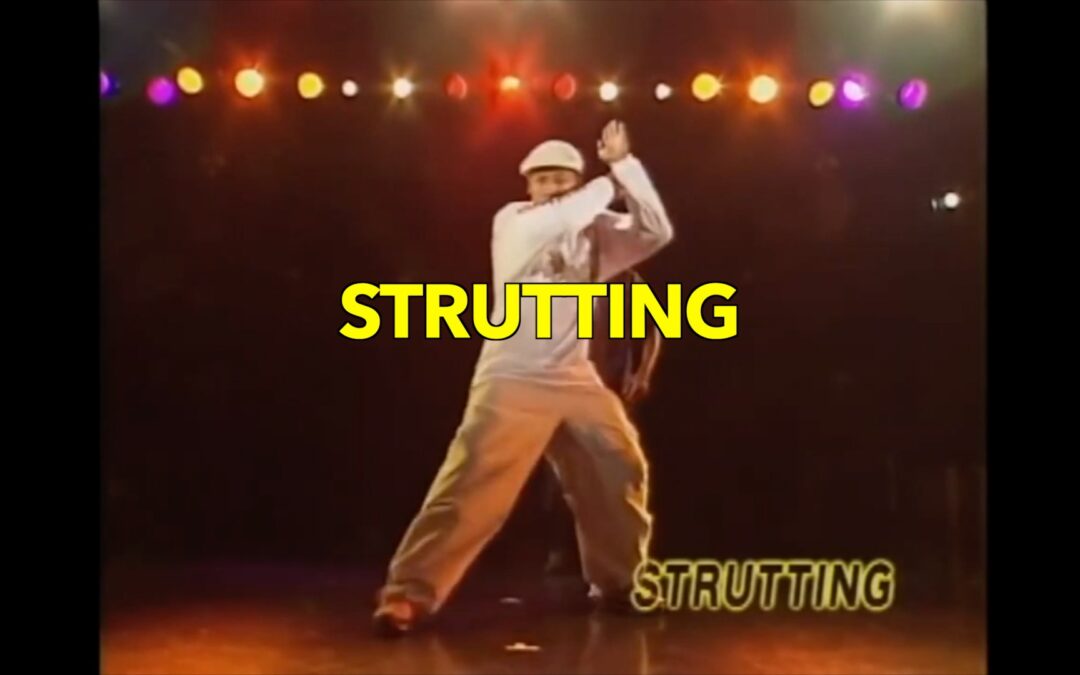


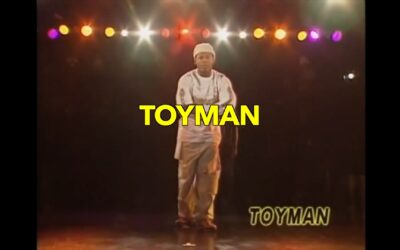

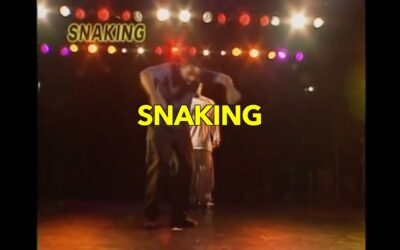
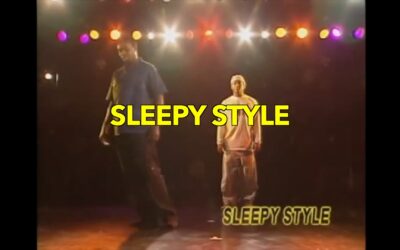



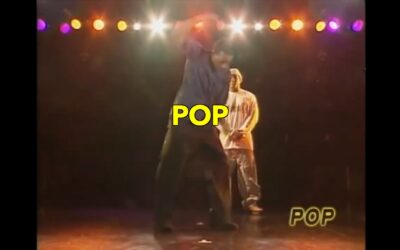
Recent Comments